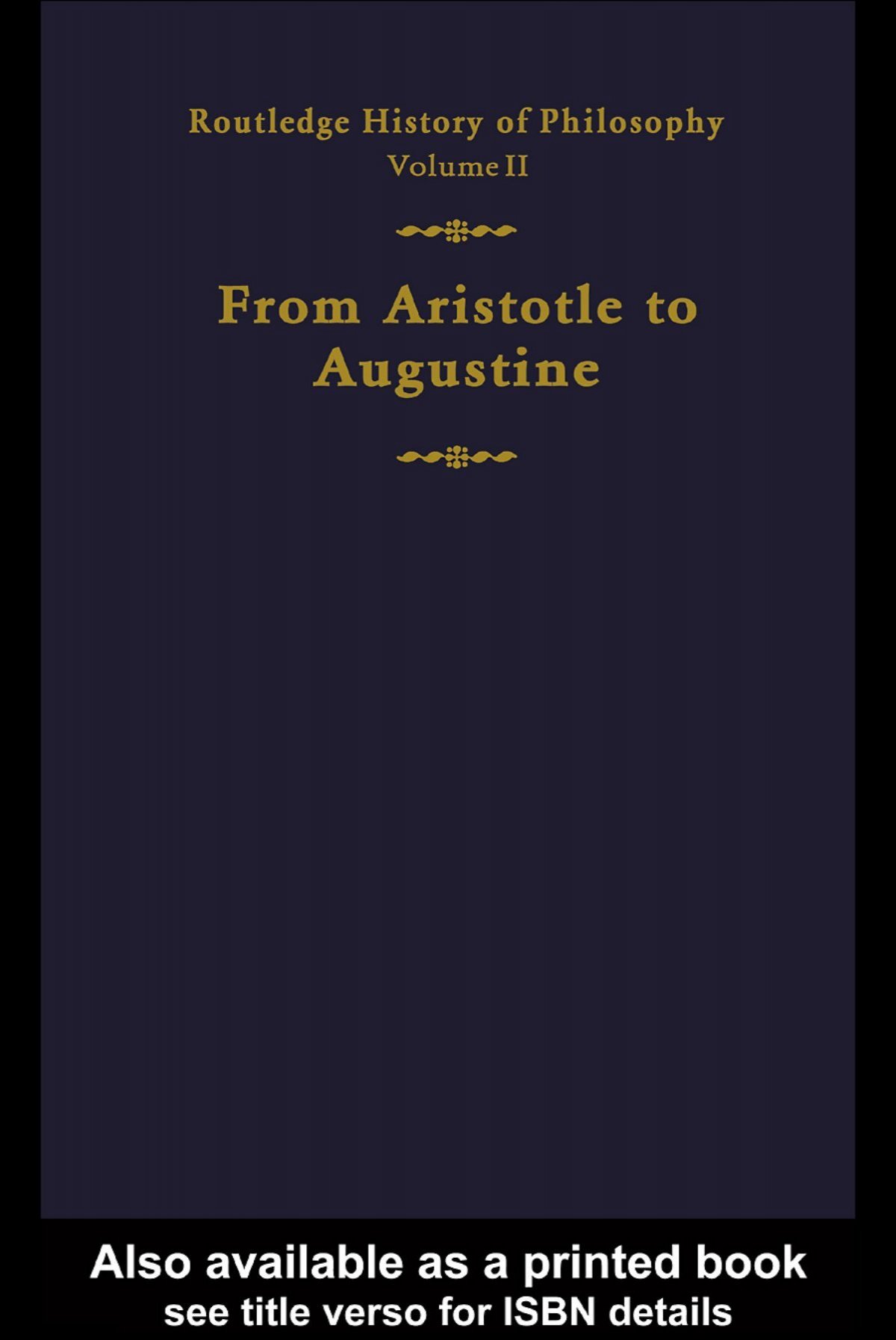
Title: Christoph Scheiner and the Foundation of Contemporary Vision Science: From Optical Exploration to the Physiology of Vision
In the initial years of the seventeenth century, the field of optics experienced a significant evolution. Pioneers such as Johannes Kepler and Christoph Scheiner not only transformed our insights into light and lenses but also altered our comprehension of human sight. While Kepler is frequently recognized for his groundbreaking theory that likens our eyes to a camera obscura, it was his peer, Jesuit scholar Christoph Scheiner (1573–1650), who elaborated on, expanded, and substantiated that concept with meticulous empirical studies and anatomical accuracy. His contributions continue to be fundamental in the realm of vision science and optics.
Kepler’s Trailblazing Insight
Johannes Kepler (1571–1630), a mathematician and astronomer at the Prague court, departed from traditional Aristotelian views concerning vision. In his Ad Vitellionem Paralipomena (1604) and subsequently in Dioptrice (1611), Kepler asserted that the retina, rather than the crystalline humour (lens), is responsible for image formation. Building on the anatomical research of Johannes Jessenius (Anatomia Pragensis, 1601) and Felix Platter (De corporis humani structura et usu, 1583), he maintained that the eye operates much like a camera obscura. He accurately predicted that images projected onto the retina would be inverted — a significant advancement in the understanding of physiological optics.
The challenge posed by Kepler’s theory lay in its seemingly paradoxical conclusion: individuals should perceive the world upside down. Recognizing this inconsistency, Kepler surmised that the brain was responsible for correcting the inverted images. Though this notion was accurate, it proved difficult for his contemporaries to fully embrace.
Scheiner: Advancing Optical Physics
This brings Christoph Scheiner into focus — a scholar, astronomer, inventor, and most importantly, a physicist employing empirical approaches to validate Kepler’s vision model. Known notably for his contention with Galileo over the nature and discovery of sunspots, Scheiner was also a trailblazer in visual optics. His paramount contributions culminated in his 1619 work, Oculus, hoc est: Fundamentum opticum (“The Eye, or The Foundation of Optic”).
Scheiner’s Eye Anatomy
Within Oculus, Scheiner greatly enhanced the anatomical representations of the eye available during his era, particularly those introduced by Andreas Vesalius and Platter. While Vesalius’s model from 1543 was groundbreaking, it perpetuated older notions about the positioning and function of eye elements. Even Platter, who played a role in supporting Kepler’s shift to the retinal theory, incorrectly positioned the crystalline humour (lens) too centrally.
Scheiner accurately situated the crystalline humour behind the iris and relocated the optic nerve’s entry to the nasal side instead of the center. He dismissed the concept of the cornea as a perfect sphere, proposing instead that it had a parabolic or hyperbolic form — aligning more closely with contemporary perspectives. His lens model featured curved surfaces with varying radii at the front and back, thus enhancing the anatomical fidelity of eye illustrations. This approach demonstrated a meticulous synthesis of dissection, observation, and theoretical reasoning.
The Empirical Approach
One of Scheiner’s key advancements was his consistent application of controlled and reproducible experiments. As a Jesuit and follower of Aristotelian philosophy, he drew a clear distinction between experientiae (experiences) and experimenta (experiments). For Scheiner, experiments were not mere observations; they were deliberate tests of hypotheses intended to reveal nature’s mechanisms in a systematic and demonstrable manner.
This methodological rigor is evident in Series I, Part II of his Oculus, which consists of fourteen orderly “experiencias.” One notable experiment involved monitoring pupil constriction without variations in light, accomplished by repeatedly bringing a needle closer to and further from the eye. This illustrated that the pupil adjusts in response to the objects’ proximity, rather than merely to illumination — an early understanding of accommodation and focus.
In another illustration, he showcased the intersection of light rays using an arrangement involving small apertures and plates that obscure portions of an image in informative ways. This segment, titled “Decussatio radiorum demonstratur” (“Crossing of the rays is demonstrated”), offered concrete evidence of light ray crisscrossing — essential for confirming that the image on the retina is inverted.
Scheiner and Optical Devices, Telescopes, and Vision Impairments
In Book III, Scheiner integrates his retinal theory with Euclidean geometric optics and the emerging field of dioptrics. This allowed him to tackle practical issues: how lenses magnify, how eyeglasses assist vision, and the causes of vision impairments such as hyperopia and myopia. He also addressed visual disorders and ocular structures in individuals with conditions like cataracts—subjects that remain pertinent in contemporary ophthalmology.
Some of the observational tools and methodologies utilized by Scheiner…